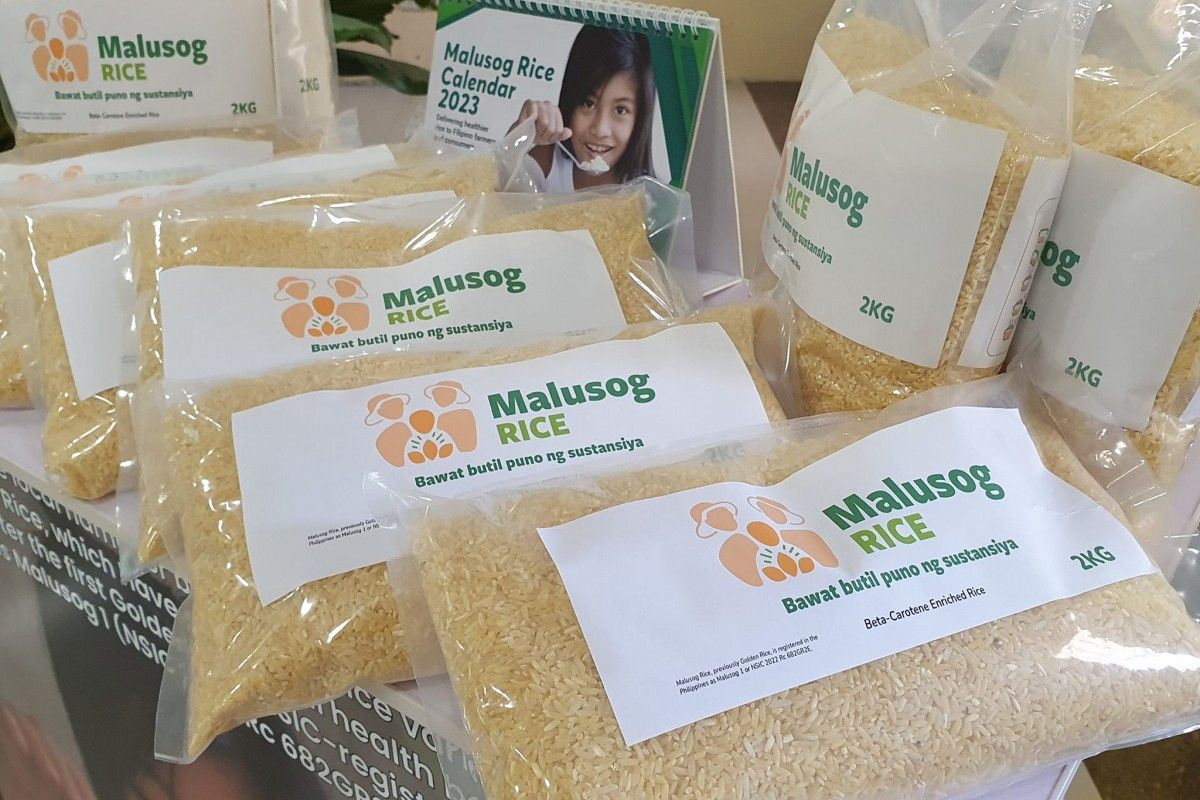The A 2018-2019 Expanded National Nutrition Survey of the Department of Science and Technology’s Food and Nutrition Research Institute (DOST-FNRI) showed that one out of six Filipino children aged 6 months to 5 years were ‘most affected’ by vitamin A deficiency (VAD).
It added that 16.9 percent of these children were in rural areas while prevalence in urban areas was at 13.6 percent during the survey period.
The conditions of underweight, stunting and anemia were more common among vitamin A-deficient children, the DOST-FNRI said. VAD may cause preventable blindness in children if detected early, impaired fetal development, increased risk of morbidity and mortality from severe infections, higher risk of respiratory infections and diarrhea.
“One can get preformed vitamin A from meat, poultry, fish, and dairy products, while fruits, vegetables and other plant-based products can provide provitamin A.” Moreover, DOST-FNRI noted that 1 out of 2 children does not meet the vitamin A dietary requirement daily, and only 2 out of 10 Filipino households meet the estimated average requirement for vitamin A.
Even with the presence of existing interventions in addressing VAD — like food fortification, vitamin A supplementation, promotion of optimal breastfeeding and complementary feeding, dietary diversification, and nutrition education — gaps still exist.
Hence, for the past 10 years, no significant improvement in the VAD prevalence as noted by DOST-FNRI.
Rice, being the staple food for almost 40 percent of Filipinos, can be a good vehicle of vitamin A, which is why Malusog rice is now being propagated and scaled to different parts of the country by the DA- Philippine Rice Research Institute (DA-PhilRice).
A cup of cooked Malusog rice can provide 30 to 50 percent of the estimated average requirement of vitamin A, equivalent to what can be obtained from 12 cups of raw kangkong. Hence for kids who do not eat vegetables, they can get vitamin A by eating Malusog rice.
The World Health Organization (WHO) defines as “mild” less than 10 percent prevalence of VAD; “moderate” those with 10 but less than 20 percent VAD and “severe” is 20 percent and more.
Malusog Rice presents a unique opportunity to complement the nutritional needs of the most vulnerable populations in combination with other existing interventions. That is why local government units (LGUs) and other government agencies are now integrating Malusog Rice in their health and nutrition programs.
"After tirelessly championing Malusog Rice for over two decades, it's a pleasure to integrate this nutritionally-enhanced grain into our much-loved AyudaMark program in the district," said a beaming Pangasinan (District 2) Congressman Mark Cojuangco.
"Our ultimate goal is simple: we're taking direct aim at vitamin A deficiency, a pervasive public health problem for our vulnerable groups, especially children from less privileged backgrounds."
#MalusogRice
#VAD
#Nutrition
#OpinYon
